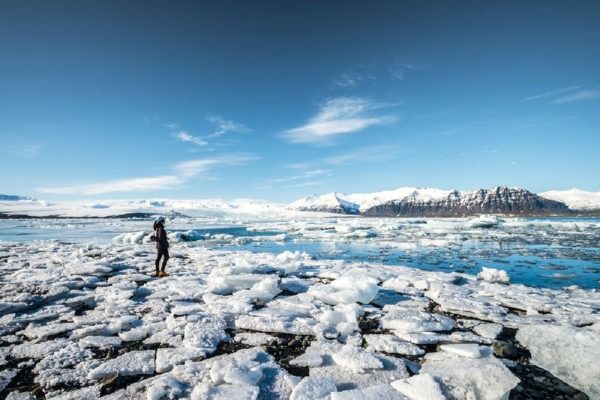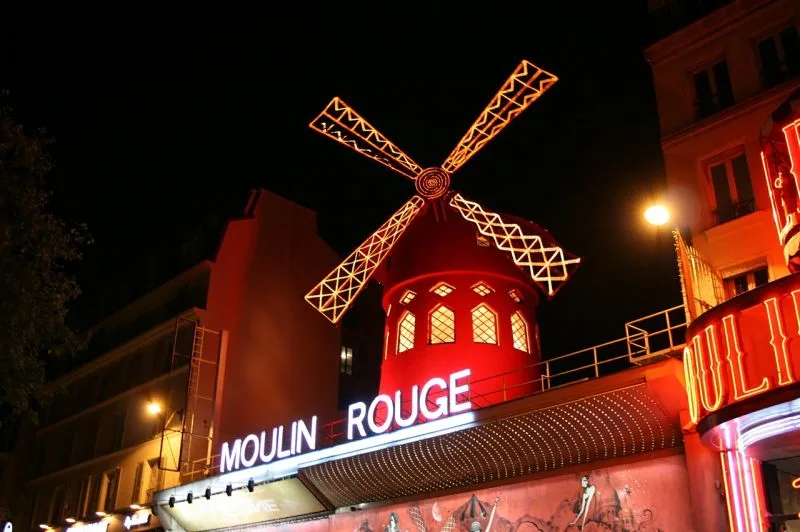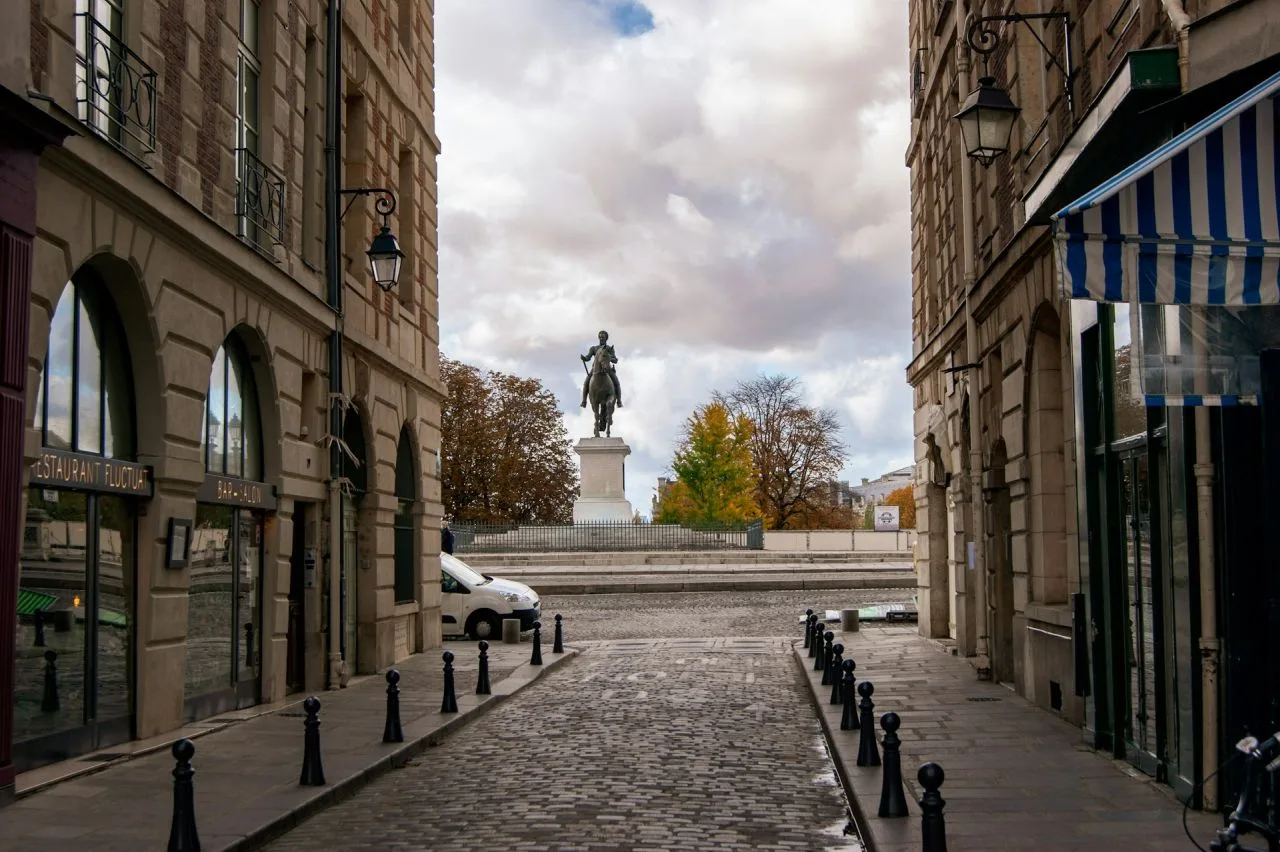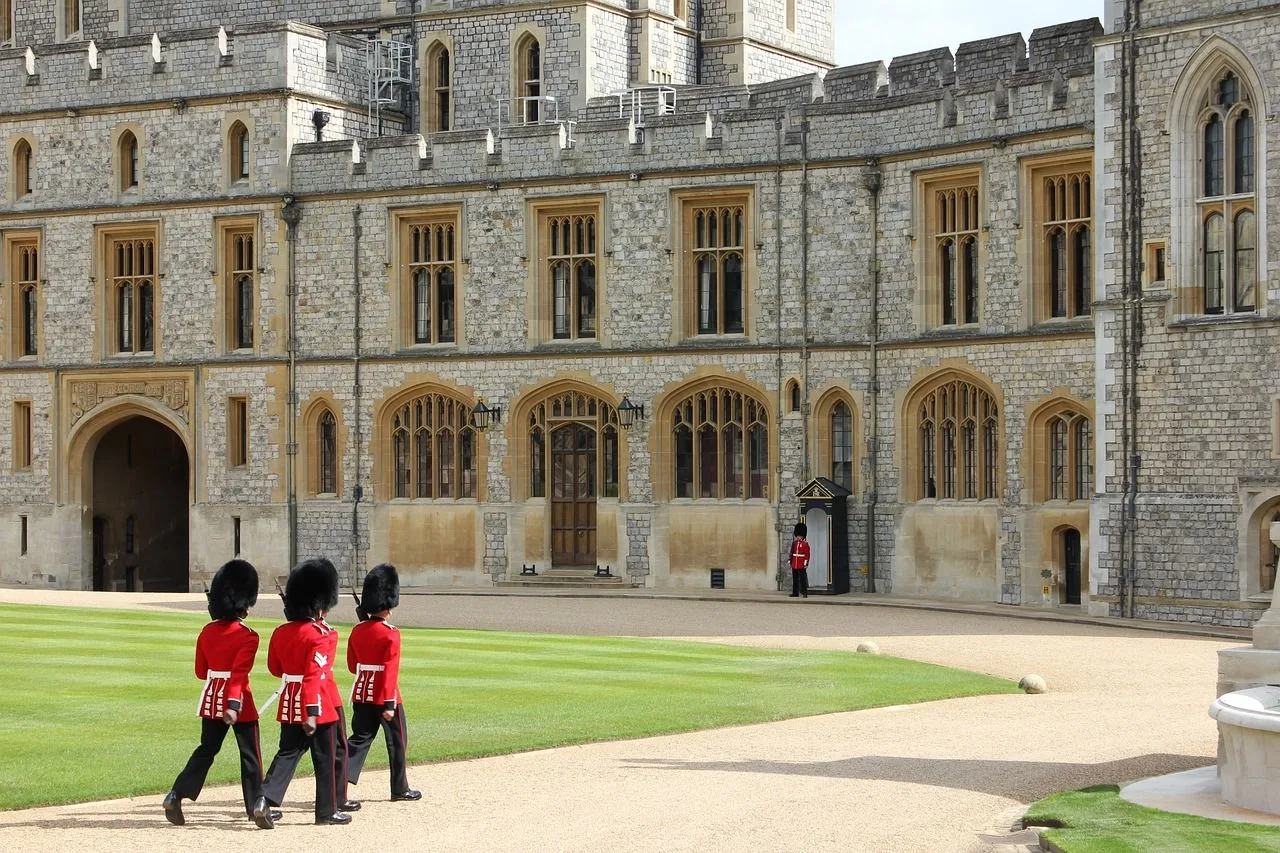Jokulsarlon Glacier Lagoon
Address
Jokulsarlon Glacier Lagoon
GPS
64.0766956, -16.229826516118
Jokulsarlon Glacier Lagoon is the most well-known glacial lagoon in Iceland. It is a popular stop for those traveling down the South Coast or along the country’s Ring Road, as it is conveniently placed in the southeast via Route 1 about midway between the Skaftafell Nature Reserve and Höfn.
This stunning region is featured in several self-drive tours and guided packages, including this 10-Day Summer Road Trip and this 6-Day Summer Vacation. Those who rent a car can also access it in the country’s south-east. Take a visit of the Jokulsarlon Glacier Lagoon instead.
Jökulsárlón has appeared in James Bond films such as A View to Kill (1985) and Die Another Day (2002), as well as Lara Croft: Tomb Raider (2001) and Batman Begins (2005).
Jökulsárlón was encircled by the Vatnajökull National Park in 2017, making it fully protected under Icelandic law.
Geography
Jökulsárlón, sometimes known as a glacier lagoon, is a lake filled with meltwater from an outlet glacier. Breiamerkurjökull, a tongue of Europe’s largest ice cap, Vatnajökull, in this case.
It stands out, though, since it is also filled with icebergs that have broken off the glacier, some of which are several stories tall.
Apart from their size, these icebergs are famous for their coloration. Although they are mostly white, most of them are also stained electric blue in parts, with black streaks of ash from millennia ago eruptions.
The icebergs may float out to sea or wash up on the local shore when they finally make it across the lagoon. This region has been dubbed “Diamond Beach” because of the way the diamonds gleam against the black sands of Breiamerkursandur.
Despite being a relatively new formation, Jökulsárlón is Iceland’s deepest lake, with depths of 248 meters (814 feet). It is also one of the largest, with a surface area of 18 square kilometers (7 square miles).
History
Jökulsárlón was formed around 1935, and it hasn’t been around since Iceland’s colonization. This was due to the country’s rapidly rising temperatures around the turn of the twentieth century; since 1920, Breiamerkurjökull has shrunk dramatically, and the lagoon has begun to fill its place.
Jökulsárlón’s expansion is speeding up right now. Its present surface area is less than half of what it was in 1975.
The lagoon is predicted to continue to increase in the near future, eventually becoming a massive, deep fjord.
Though the retreat of Breiamerkurjökull is a bad omen for Iceland’s glaciers and ice caps in general, it has created an immensely magnificent, though transient, scene. Hollywood hasn’t been blind to this.







